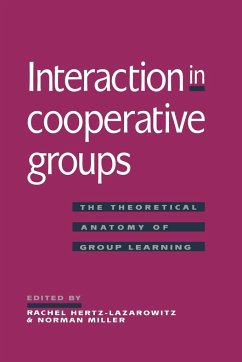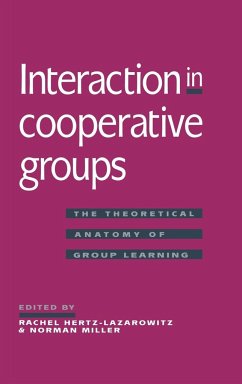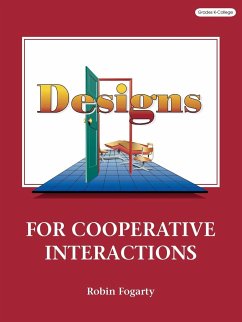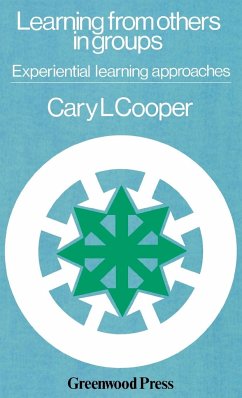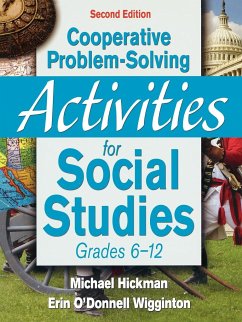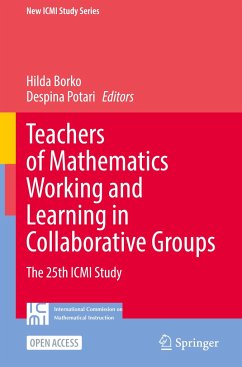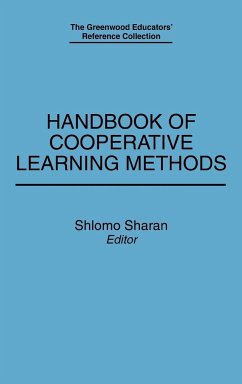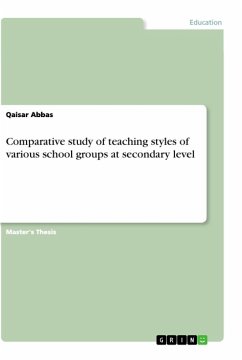
Cooperative Work Groups
Preparing Students for the Real World
Versandkostenfrei!
Versandfertig in 1-2 Wochen
65,99 €
inkl. MwSt.

PAYBACK Punkte
33 °P sammeln!
Mandel outlines how educators can design meaningful learning experiences that will effectively develop a student's ability to thrive in the twenty-first century's workforce.





